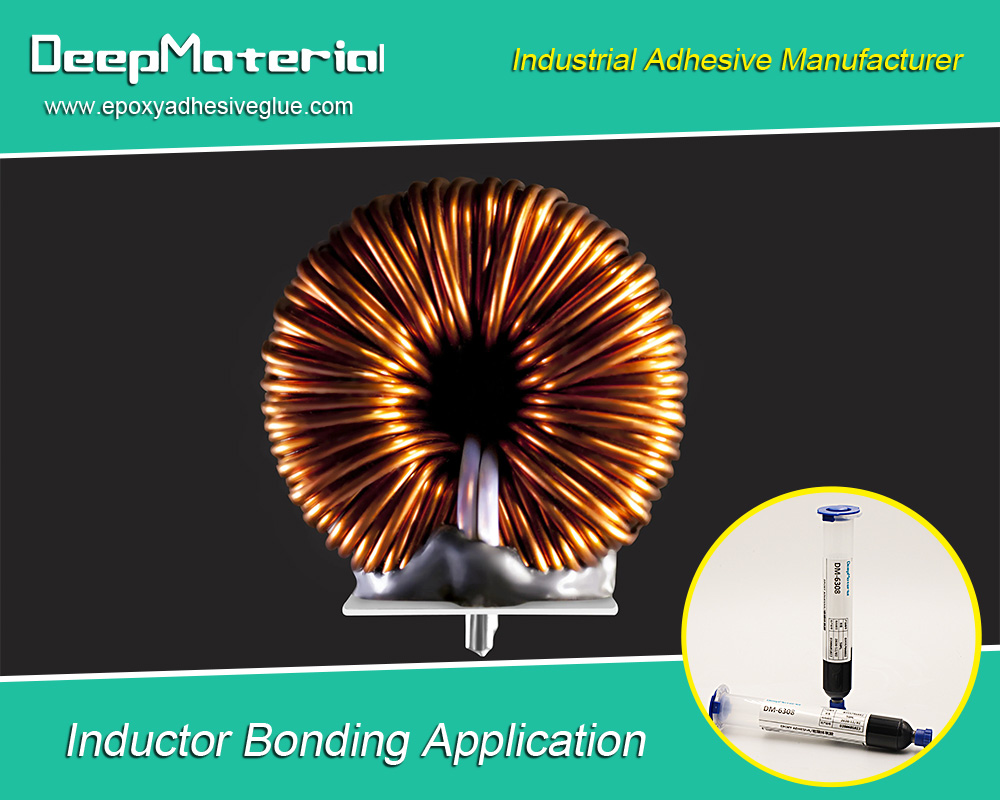What are the specific applications of automotive adhesives in the automotive manufacturing process?
What are the specific applications of automotive adhesives in the automotive manufacturing process?
Automotive adhesives find various applications throughout the automotive manufacturing process.

Here are some specific applications of automotive adhesives in different stages of automotive production:
Body-in-White Assembly:
Roof Panel Bonding: Adhesives are applied to bond roof panels to the vehicle’s body structure. This helps create a seamless appearance while providing structural integrity and reducing the weight of the vehicle.
Side Panel Bonding: Adhesives are used to join side panels, including doors and quarter panels, to the vehicle’s body structure. This provides strength, stiffness, and improved resistance to noise and vibrations.
Floor Pan Bonding: Adhesives are applied to bond floor pans to the vehicle’s body structure, enhancing structural rigidity and contributing to overall crash safety performance.
Powertrain Assembly:
Engine Block Bonding: Adhesives are used to bond engine blocks, providing sealing, enhancing rigidity, and reducing noise and vibration transmission. The adhesives help maintain airtightness and prevent leaks in the engine assembly.
Transmission Housing Bonding: Adhesives are applied to bond transmission housings, ensuring sealing, reducing weight, and improving overall durability and performance.
Chassis Assembly:
Suspension Component Bonding: Adhesives are used to bond suspension components such as control arms, stabilizer bars, and bushings. This provides structural reinforcement, improves strength, and reduces noise and vibrations.
Subframe Bonding: Adhesives are applied to bond subframes to the vehicle’s body structure, contributing to the overall strength, stiffness, and crashworthiness of the chassis.
Interior Assembly:
Trim Panel Bonding: Adhesives are used to bond interior trim panels, such as door panels, dashboard covers, and center consoles. This provides a secure attachment, eliminates visible fasteners, and ensures a clean and visually appealing interior appearance.
Carpet Bonding: Adhesives are applied to fix carpets and floor coverings to the vehicle’s floor pan, providing secure adhesion and reducing noise and vibration transmission.
Glass Installation:
Windshield Bonding: Automotive adhesives, typically polyurethane-based, are used to bond windshields to the vehicle’s body structure. This provides a strong and durable bond, structural reinforcement, and watertight sealing, ensuring proper installation and safety.
Side Window Bonding: Adhesives are used to bond side windows to the vehicle’s structure, ensuring proper attachment, sealing, and stability.
Exterior Trim and Decoration:
Molding and Trim Attachment: Adhesives are applied to attach exterior moldings and trim pieces, providing a secure bond while maintaining a seamless and aesthetically pleasing exterior appearance.
Spoiler and Air Dam Bonding: Adhesives are used to bond spoilers, air dams, and other aerodynamic components to the vehicle’s body, ensuring secure attachment and enhancing vehicle performance.
Noise and Vibration Damping:
Acoustic Insulation Bonding: Adhesives are used to attach acoustic insulation materials to the vehicle’s body panels and interior surfaces. This reduces noise and vibrations, creating a quieter cabin environment.
Battery Assembly:
Battery Cell Bonding: Adhesives are used to bond battery cells together, ensuring secure attachment and proper electrical connectivity within the battery pack assembly.
Battery Module and Pack Bonding: Adhesives are applied to bond battery modules or packs to the vehicle’s structure, providing structural support, electrical insulation, and protection against vibrations and shocks.

These are just a few examples of the specific applications of automotive adhesives in the automotive manufacturing process. The choice of adhesive and the application methods may vary depending on the specific component, materials being bonded, performance requirements, and industry regulations. Automotive manufacturers carefully select adhesives based on their properties, such as curing time, strength, durability, temperature resistance, and compatibility with the materials being joined, to ensure efficient and reliable assembly throughout the production process.
For more about choosing the automotive adhesives,you can pay a visit to DeepMaterial at https://www.epoxyadhesiveglue.com/products/ for more info.











